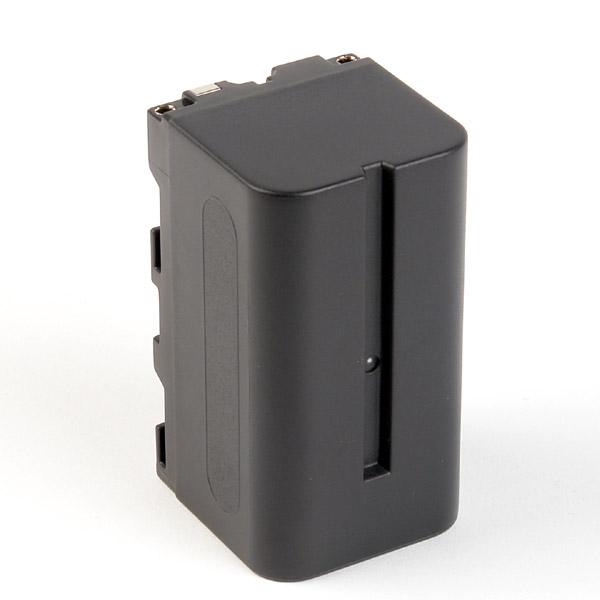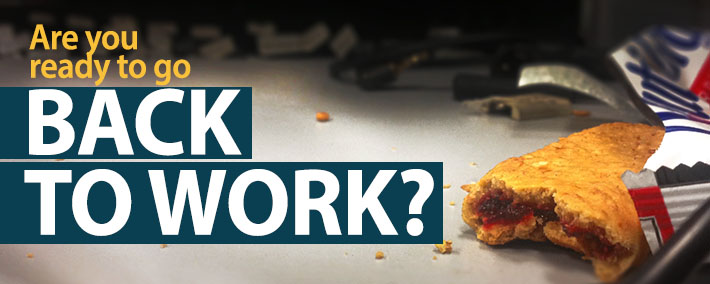
Summertime, and the living is easy… but as always, that’s about to change.
For many in the world of Television production sound, late spring/early summer is a much needed time of rest (called “hiatus,” in the industry, usually a couple of months) that comes between the wrap of the prior season and the beginning of the next. The 16-hour days, week after week, take their toll on us, but it is also brutal on our equipment. In addition, trends change, equipment advances, and we should always be refining the way we work. But whether you work on television series, feature films, reality TV, commercials, news, or whatever, my advice is the same: after some much needed rest, when cabin fever sets in, remember that continued success depends on being prepared. Here are some ideas to help you get ready for the next run.
Remember all those times last season when you came up with things you were going to change about your gear when you had time? Well, grab the list (you did make a list, didn’t you?) and get to work. If you didn’t make a list, try to remember all of the things that came up and write them down now. Keep that pencil handy, too, because things will come to mind throughout this process. Clear your schedule and put on a few hours of your favorite work music.
- First, clean your equipment thoroughly. This is an important first step, even though you may be making changes. This process will go better if you start with a clean rig.
- Get rid of all the memos, scripts, TopStik backings, half-eaten granola bars, etc.
- Vacuum all the dirt and debris from the shelves, drawers and equipment.
- Get a 3-inch wide paint brush and sweep away all the dust from last year’s desert scenes.
- Remove all of the old grungy Velcro and gaffers tape, removing the remaining adhesive with GooGone.
- Wipe down everything with a damp cloth.
- Clean all cables by spraying them with a diluted detergent and pulling them through a towel.
Next, set your gear up the way you last used it, checking every input, output and other functions.
Even though you may be making changes to your current configuration, checking and repairing any issues now will give you a known starting point.
Now, you are ready to attack your list of changes. Here are a few from my list:
- Lower the recorder shelf to allow for an additional rack space above (Earlier in the year I decided it would be a good idea to add an A-D converter to make more use of my Deva 5.8 recorder).
- Install, wire and test the new A-D converter.
- Remove the series of adapters that seem to grow on several cables, replacing them with a single correct connector.
- Make an “octopus” cable for timecode (a cable with several different connector types to jam-sync various timecode devices)
- Remove everything from the drawer under my mixer, and replace only the things I need.
- Replace the front casters.
- Inflate all cart tires.
- Download and install Audacity on new playback computer.
- Update all firmware per manufacturer’s recommendations.
- There were a lot more items, but you get the idea…
- Test everything, including:
a. Inputs and outputs
b. Headphones (mixer’s, boom op’s, Comteks and spares)
c. Walk-test all wireless devices.
d. Setup and test VOG and music playback system.
Tip: Plan to order needed cables and equipment well in advance. Many items often require a lead-time, and last minute rush requests increase the chance of error for everyone; the manufacturer, your vendor and yourself. Verify that your orders are correct as soon as possible after they arrive, then test them, contacting your vendor immediately if there is a problem so that it can be resolved before your production starts.
After you go through a similar process with your own gear, you will be able to start your production with less stress and more confidence, which will not only help with the new season but the rest of your career as well!


 US
US  Canada
Canada 


Leave a reply
You must be logged in to post a comment.